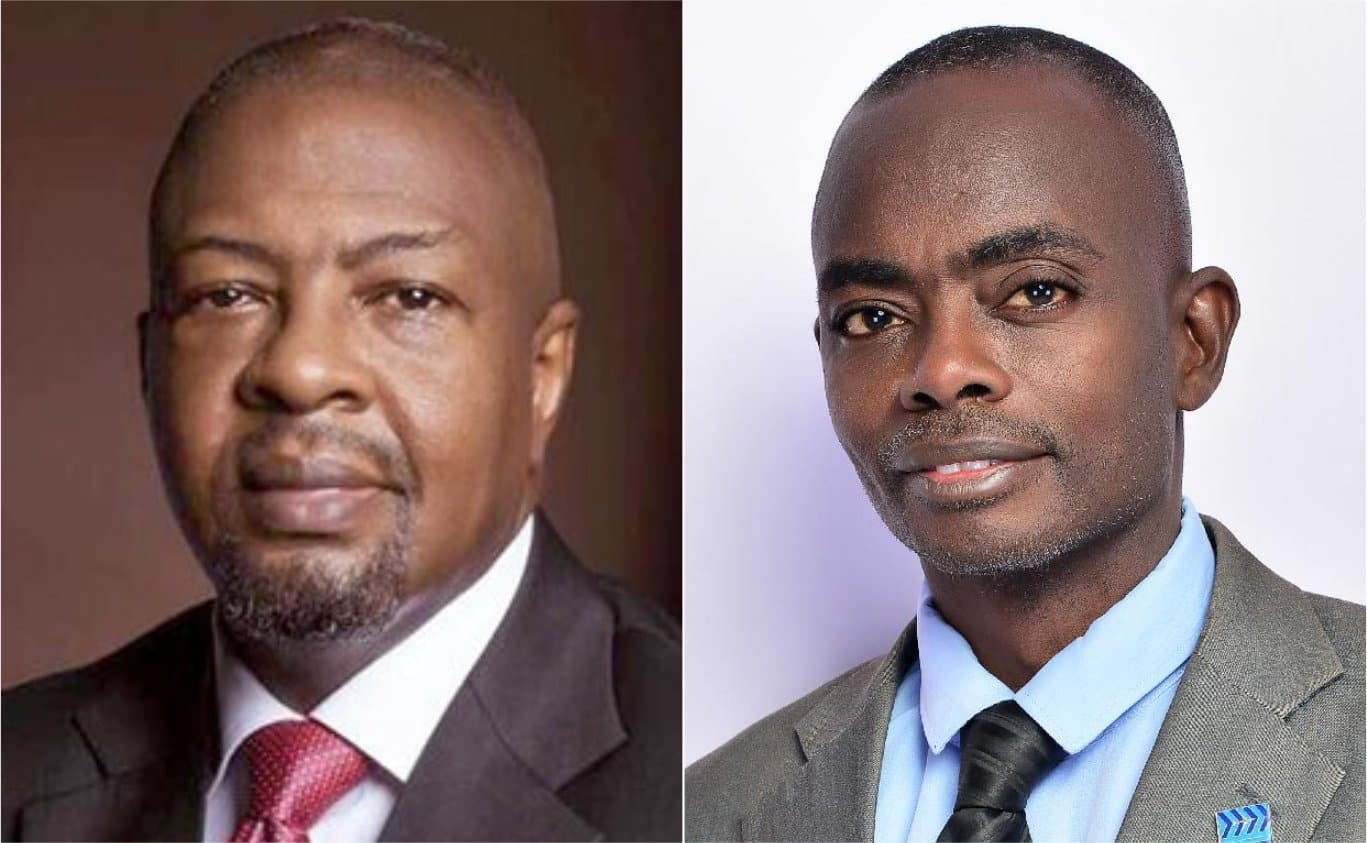In a powerful call to action, Barrister Wale Ojo-Lanre, Director-General of the Ekiti State Bureau of Tourism Development, urges the Nigerian government to unlock the vast economic potential of the nation’s waterfalls.
In a press release, Ojo-Lanre lamented that despite Nigeria’s incredible natural and cultural resources, the tourism sector remains underdeveloped, resulting in countless untapped opportunities, particularly the more than 45 spectacular waterfalls that enhance the country’s tourism landscape.
With over 45 breathtaking waterfalls across the country, including the FarinRuwa Waterfall in Nasarawa, Ayinkunugba Waterfall, Oke—Ila, Osun State, Agbokim Waterfall, Calabar, and Cross River State, the potential for revenue generation and job creation is immense.
Yet, Ojo-Lanre emphasised that the nation is far behind in developing these natural wonders according to international standards.
He pointed out, “Waterfalls are not just beautiful—they are revenue generators, job creators, and image builders.”
Ojo-Lanre remarked, “Considering Zimbabwe earns over a billion dollars annually from a single waterfall, what factors prevent Nigeria from achieving even greater success with its 45 waterfalls?”
According to him, recent analyses demonstrate that a modest investment of ₦3 billion in each waterfall site could result in significant economic opportunities, including creating 1,000 direct jobs per waterfall, translating to an impressive 45,000 new jobs nationally. In addition to job creation, the potential annual revenue is staggering. With a conservative estimate of 100,000 visitors per waterfall spending ₦15,000 each, the potential revenue could reach ₦67.5 billion annually across all sites. This figure could be even greater with effective marketing and branding.
In light of such findings, Ojo-Lanre calls for a targeted investment strategy and a shift in national policy to declare tourism an economic emergency sector. He recommends establishing a Waterfall Development Fund to allocate a minimum of ₦3 billion to enhance each waterfall site. Furthermore, he suggests partnering with the private sector through Public-Private Partnerships (PPP) to share the risks and rewards of investment. Essential infrastructure investments are also needed, including access roads, eco-friendly lodges, and visitor centres to facilitate tourism.
Empowering local communities through hospitality training and engaging them in cultural tourism will also play a critical role in this endeavour. Finally, a national campaign to market Nigeria as the “Land of 45 Waterfalls” could attract local and international tourists.
“The time has come to shift our focus—from potential to productivity, from neglect to investment, and most importantly, from lamentation to implementation,” Ojo-Lanre emphasised. Let’s activate our waterfalls—an underutilised natural asset that can transform Nigeria’s economy.”
As Nigeria grapples with economic challenges, embracing the tourism sector, particularly through the development of its waterfalls, could catalyse substantial growth and sustainability in the nation’s landscape.










